Some cameras are ergonomic and have a continuity of style with other cameras in a given system. This has been true basically since the beginning of mass-produced cameras of almost any format. Now and again, however, a camera will break the mold. The Nikon F4 is such a camera, and at long last I own one. (Okay, I own two.)
A Little Background
I first started exploring photography back in 1979 with a Canon AE-1. My high school buddy bought one and soon I had to have one too. They were great cameras, and a good place to start. I won’t bore you with a long story about where photography took me (or is that dumped me?!), but I mention this to underscore my first love of photography was film photography.
While I developed a couple of black-and-white rolls at home, I mainly shot color until I went to Ohio University and transferred majors to photojournalism. Part of the program required a foundation course in photography, and this is where I first saw a print come to life in the developer (for those unaware, unlike color prints, black-and-white prints can be processed under a dim red or yellow bulb, depending on the paper). It was magic!!
I left photography behind in the late 80s, and therefore missed the transition to digital photography. Being very picky about my images as a photographer, even after leaving it behind professionally, I still wanted excellent images, and the early days of digital photography did not impress me. Eventually I did get a Fuji digital camera so as to take photographs of woodturnings and woodworking projects, required for articles I was writing at the time for several publications.
Fast forward to 2017 when I decided to get back to doing some astrophotography with a DSLR. I confess the old photography spark started a bit of a fire inside, and soon I was photographing things again, but this time just for me. It caught me quite by surprise, as I had had a love-hate relationship with photography for over 25 years.
After working with digital cameras for a few years, a friend gave me a film camera, and I rediscovered my love for the whole process of developing and printing images, having never forgotten the magic of that first print. I bought several old Nikkormats, and then a Nikon FM. Finally, I saw that the Nikon F4 was very reasonably priced (coming in significantly lower than the F3), and it checked all the boxes for me in terms of compatibility, features, knobs and buttons, and the “cool” factor. And of course, I had drooled over them when I was young because they were way out of my price range!
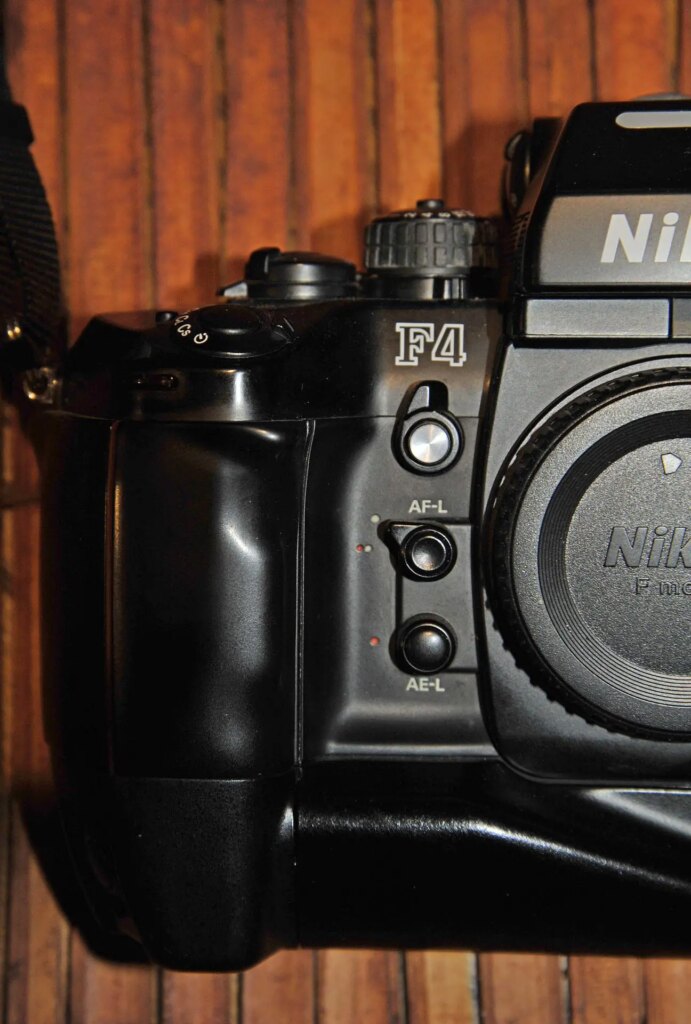
A Radical Design
The Nikon F4 was a radical departure for Nikon in terms of design. In fact, because the design was so different, and the inclusion of then “untrustworthy” electronics, professionals often continued using the F3 rather than make the switch to the F4. Professionals were used to all-mechanical cameras, or at least ones that could still operate on a basic level even if the battery died. The F4 also did not have a manual film advance lever, so what would you do if the batteries gave out, or if a circuit went bad? Of course, these fears were unnecessary as the F4 was built like a tank and functioned flawlessly for the most part, as evidenced by the availability of these cameras in good working order almost 40 years later.
If you have never held (cradled, caressed) a Nikon F4, it is like nothing you have experienced with an SLR or DSLR. Designed by a world-famous car designer, Giorgetto Giugiaro, the F4 looks and feels sleek and smooth, with gentle lines, rounded edges, and an inviting countenance. Yes, it is heavy, but that also means it is solid and steady in your hands. All the buttons and knobs (and there are plenty as there are no menus to sift through) are located in easily accessible places, and there are even locks on most settings so that they cannot be moved accidentally.
The professional-level Nikon F4 was radical for Nikon in another way – for once you could put a flash on top of the camera instead of on the side like the F3 and previous professional models. Autofocus was just starting to come of age, and the F4 had this ability, as well as future lens compatibility built-in. In fact, the F4 is the most compatible of any Nikon SLR featuring the F-mount lenses, going all the way back into the 1950s, and compatible with most F-mount lenses available today (with some exceptions and/or limitations). For a comprehensive listing of compatibility of Nikon cameras and lenses, see https://www.kenrockwell.com/nikon/compatibility-lens.htm
When you are holding this camera, there is no question you are holding a professional-level camera, but you are also holding a true work of art. With over 1800 separate parts, design and functional innovations, and incredible longevity, the Nikon F4 is truly amazing.
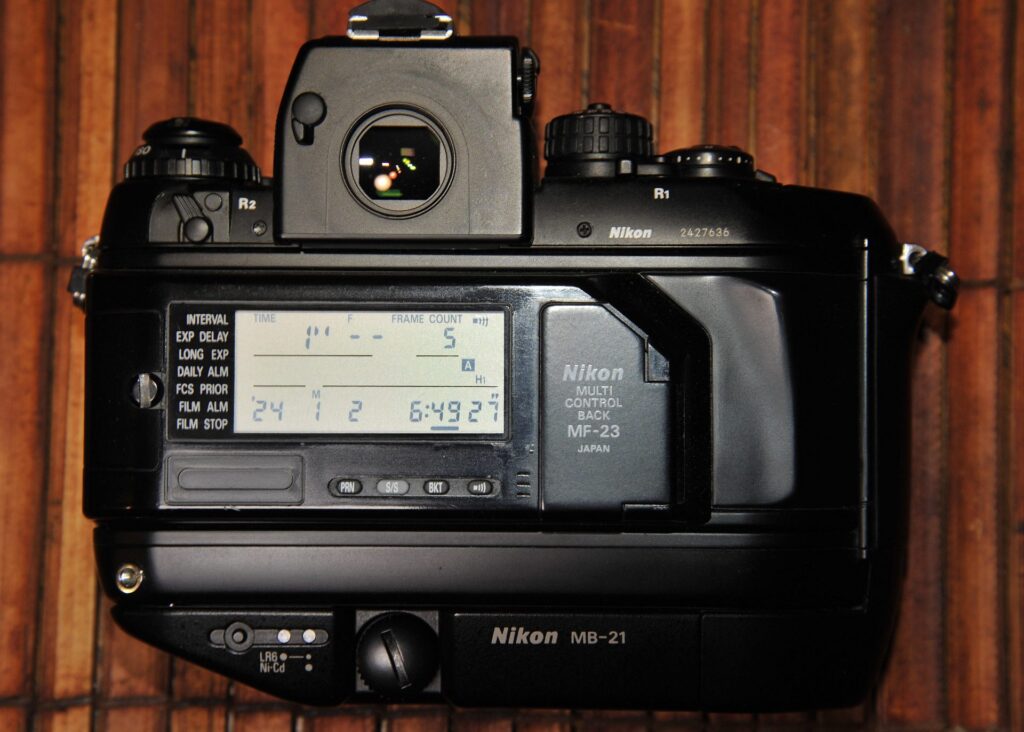
I own two because I simply do not want to be without one should I experience a camera failure. I won’t bore you with all the minute details of what to look for if you are looking to purchase one, only to say try to get a model with serial numbers starting above 23xxxxx to be sure you have some slight improvements made between 22xxxxx and 23xxxxx. Also ask (or check for yourself) about the LCD display. One of the few failure points for some Nikon F4 cameras is a leaking LCD display. This can range from very slight, to leakage which can interfere with you being able to read one or more of the camera settings displayed in the viewfinder.
Beyond those two issues, you will see options for the Nikon F4, F4S, and the F4E, with the differences being battery placement and shutter frame-rate. With interchangeable finders, focusing screens, data backs and more, there is little doubt you could find the perfect combination for your shooting needs.
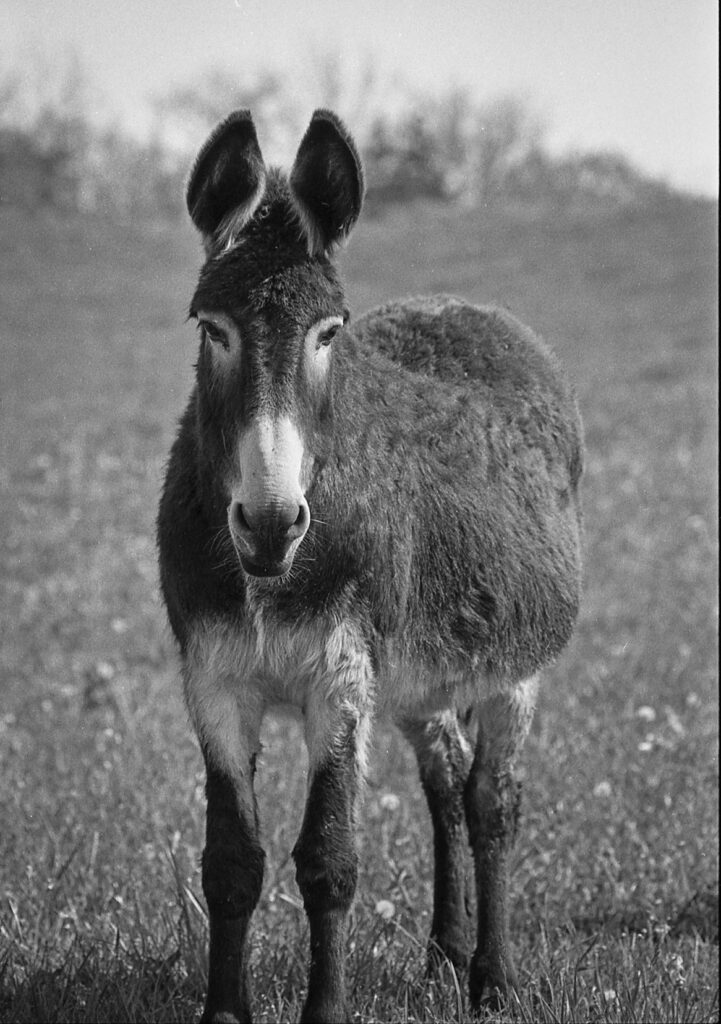
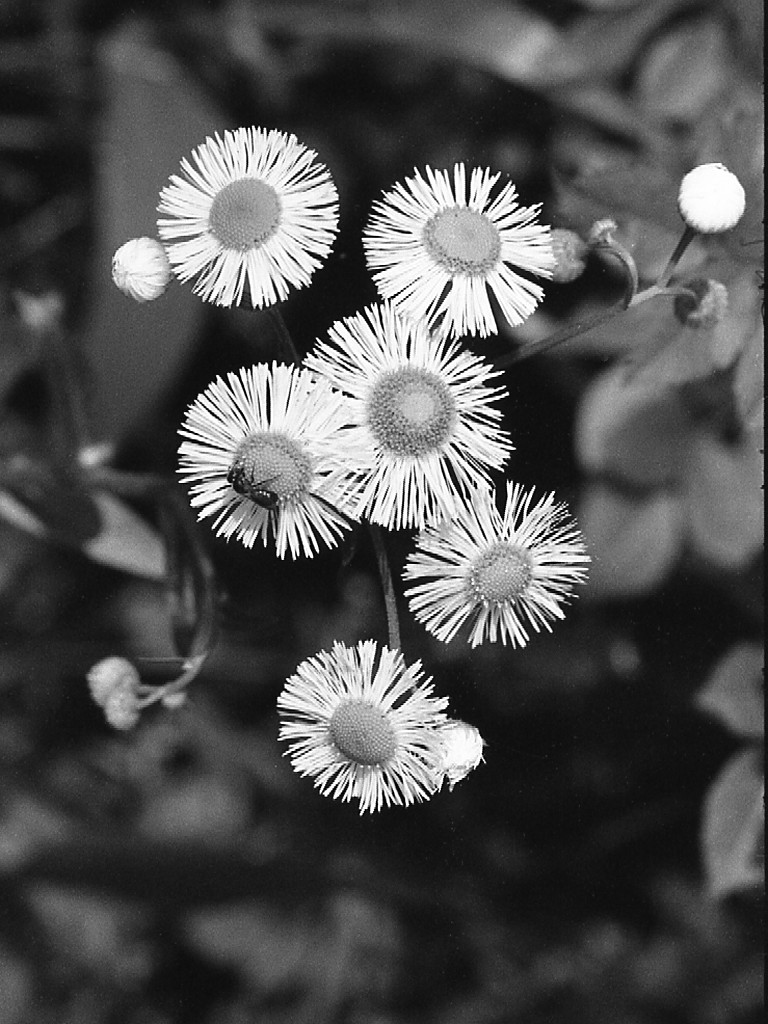
Wrapping up
Will I give up my DSLRs? Of course not. There are situations, innovations, and working modes which make them invaluable. But the Nikon F4, and other format film cameras I own, not only remind me of the joys of film photography, but they help me slow down and take a more hands-on approach to photography. I am more involved in the process of making the photograph with an analog camera, much like how driving a stick-shift car makes one more a part of the car’s performance.
I will caution you, however, once you pick up a Nikon F4 you just might not be satisfied with the feel of any other 35mm camera. You have been forewarned!!
(Some of my favorite images: https://www.clickasnap.com/profile/rgulley)
Share this post:
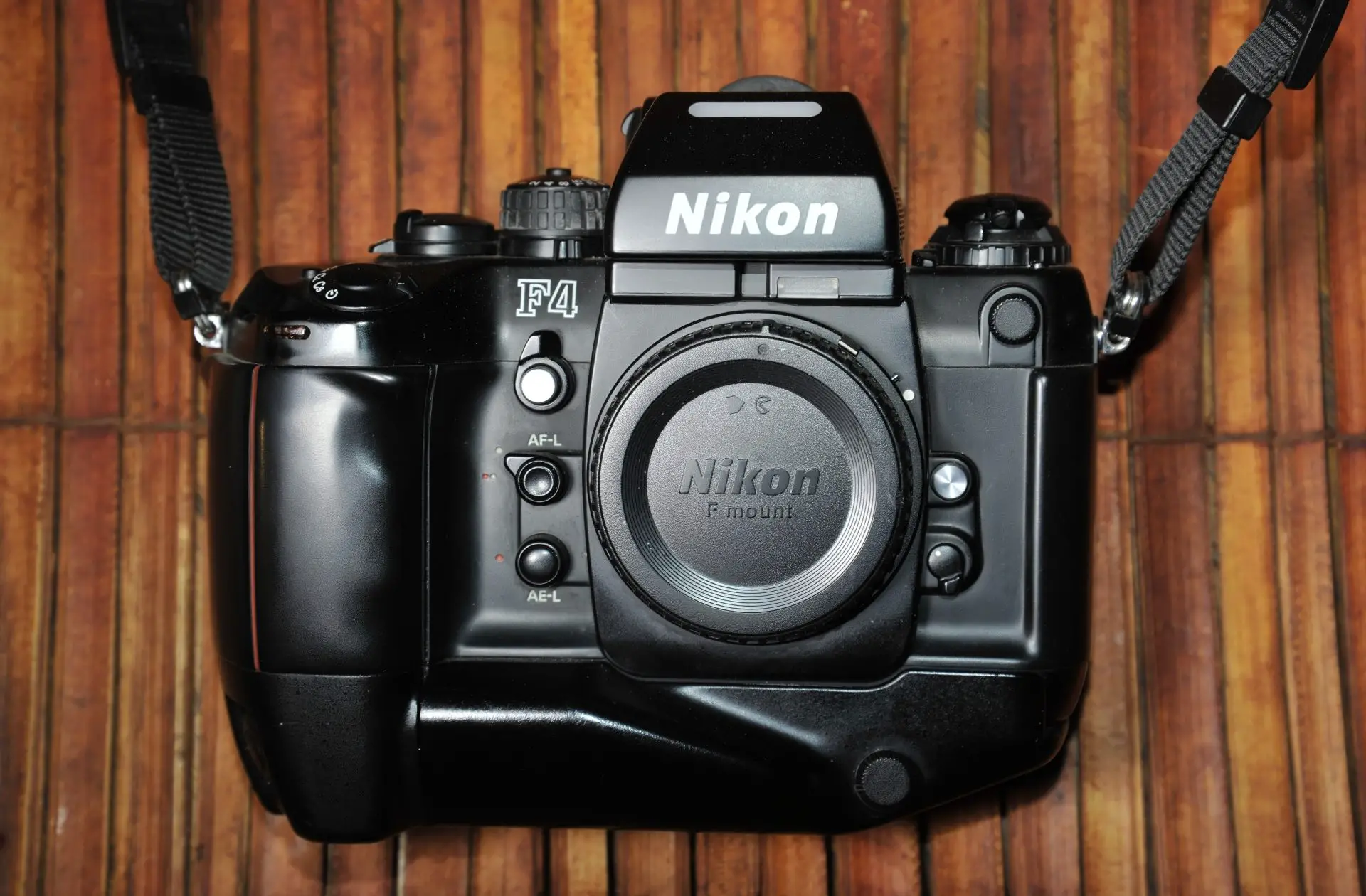
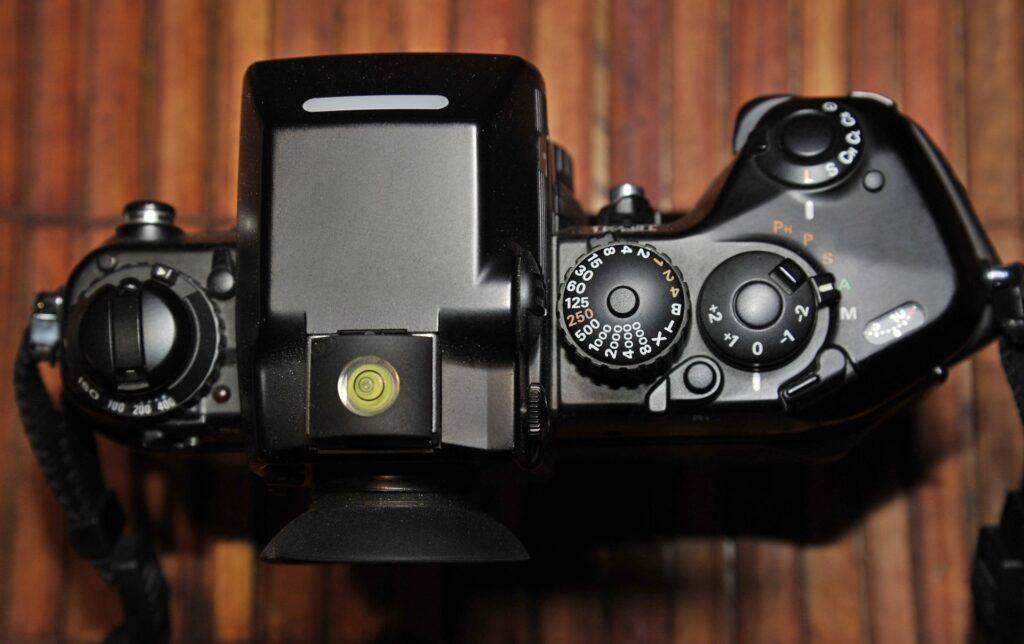
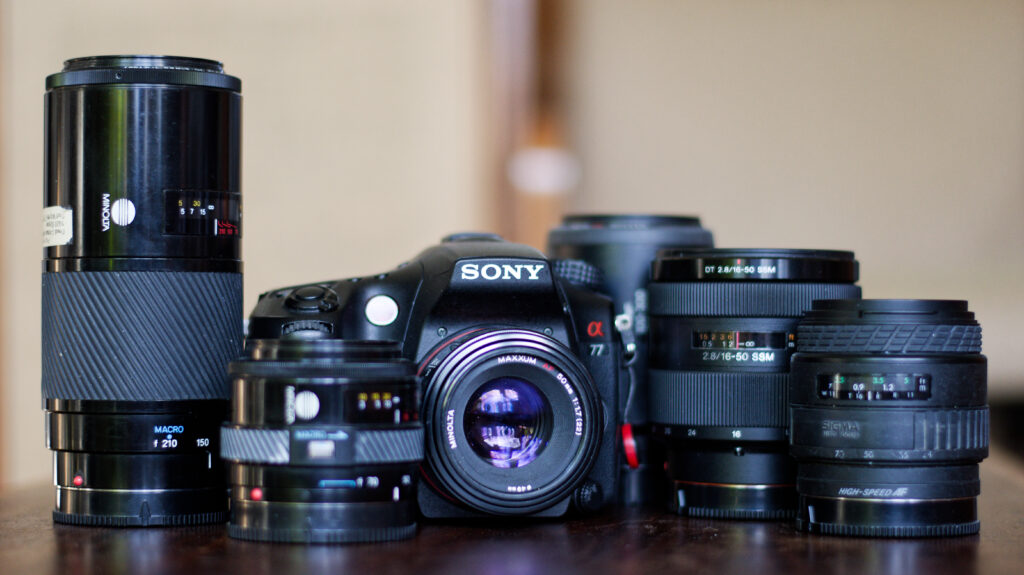
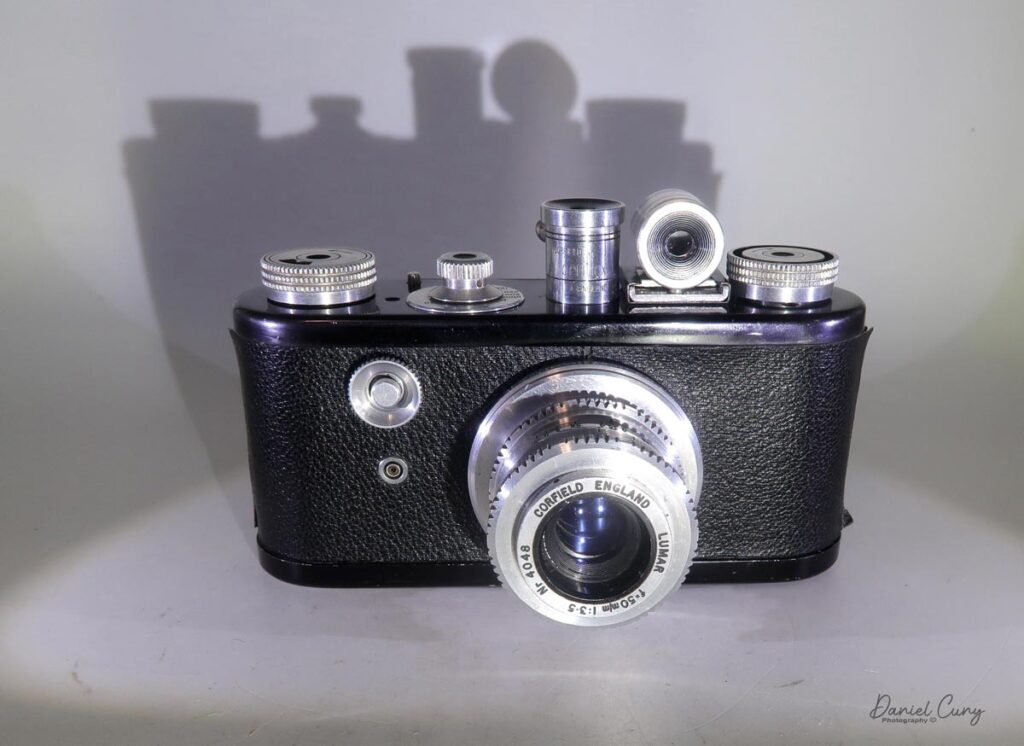
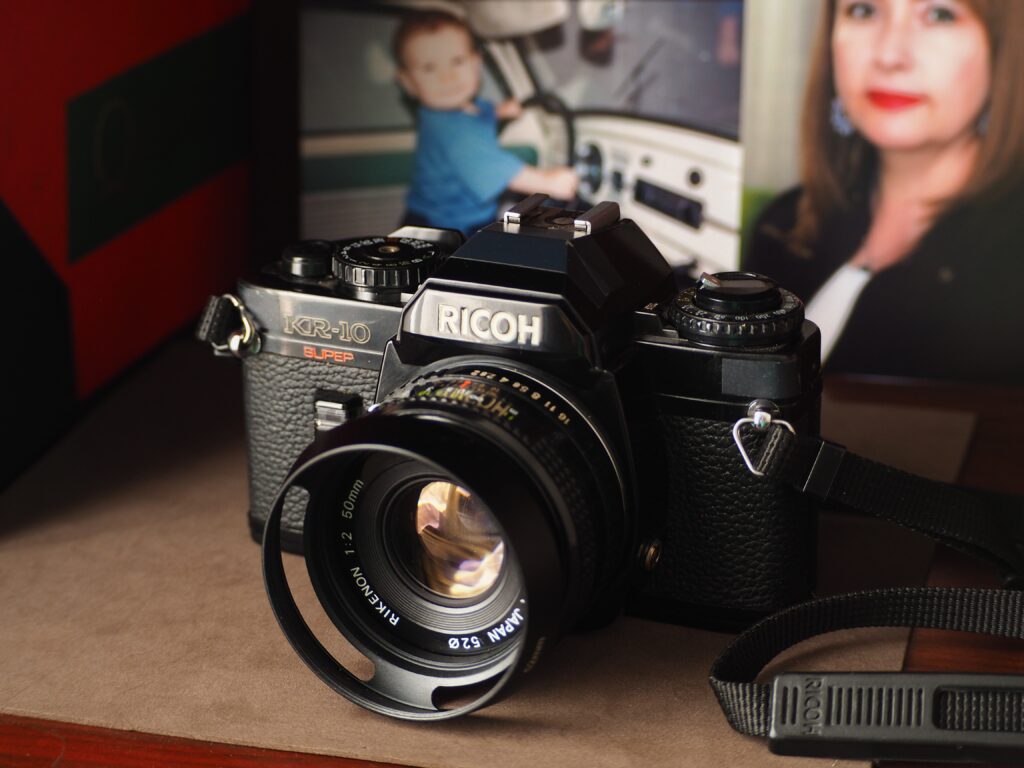
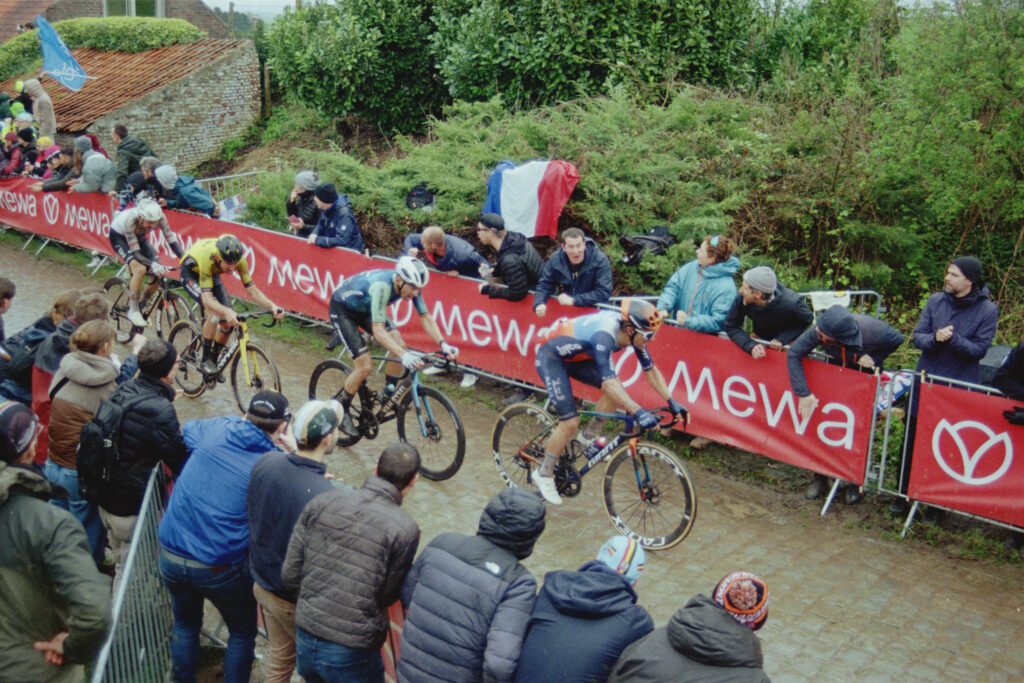




Comments
Manu on Nikon F4 Review – A Design Revolution
Comment posted: 20/03/2024
Comment posted: 20/03/2024
Comment posted: 20/03/2024
Comment posted: 20/03/2024
Ibraar Hussain on Nikon F4 Review – A Design Revolution
Comment posted: 20/03/2024
You’ve got me looking at a Nikon F4 now!
I like the waist level finder for it.
I’ve never owned a Nikon and this looks perfect
Thank you
Comment posted: 20/03/2024
David Patton on Nikon F4 Review – A Design Revolution
Comment posted: 20/03/2024
Comment posted: 20/03/2024
Ron Peters on Nikon F4 Review – A Design Revolution
Comment posted: 20/03/2024
Comment posted: 20/03/2024
Joseph Irvin on Nikon F4 Review – A Design Revolution
Comment posted: 21/03/2024
Comment posted: 21/03/2024
jason gold on Nikon F4 Review – A Design Revolution
Comment posted: 21/03/2024
Wendell Cheek on Nikon F4 Review – A Design Revolution
Comment posted: 21/03/2024
Comment posted: 21/03/2024
h.e.green on Nikon F4 Review – A Design Revolution
Comment posted: 22/03/2024
Comment posted: 22/03/2024
Comment posted: 22/03/2024
Comment posted: 22/03/2024
Julian Tanase on Nikon F4 Review – A Design Revolution
Comment posted: 23/03/2024
Have fun and keep it close :) !
Comment posted: 23/03/2024
Alex on Nikon F4 Review – A Design Revolution
Comment posted: 23/03/2024
Comment posted: 23/03/2024
Dan Castelli on Nikon F4 Review – A Design Revolution
Comment posted: 23/03/2024
I had two at one time: one fitted with a Nikkor 80-200 f/2.8 AF-D (backbreaker!) and the other fitted with the 35mm 35mm f/2.0 Nikkor. They were beautiful to look at, a joy to use and you knew that it was virtually indestructible. It was the weight that finally forced me to sell off the bodies. I think the Nikon F100 was merely a 'light' F4 with electronics rather than dials. Keep shooting with them.
Comment posted: 23/03/2024
Graham Orbell on Nikon F4 Review – A Design Revolution
Comment posted: 23/03/2024
Comment posted: 23/03/2024
Comment posted: 23/03/2024
JJ on Nikon F4 Review – A Design Revolution
Comment posted: 27/03/2024
Comment posted: 27/03/2024
Jerry Scoby on Nikon F4 Review – A Design Revolution
Comment posted: 24/04/2024
Farside on Nikon F4 Review – A Design Revolution
Comment posted: 18/07/2024
In my case, the 18, being a DX lens is horribly vignetted, but from 24mm upward it's perfectly usable lens on Full Frame film.
This is very handy indeed.
Comment posted: 18/07/2024
Diana Collins on Nikon F4 Review – A Design Revolution
Comment posted: 21/07/2024
Comment posted: 21/07/2024